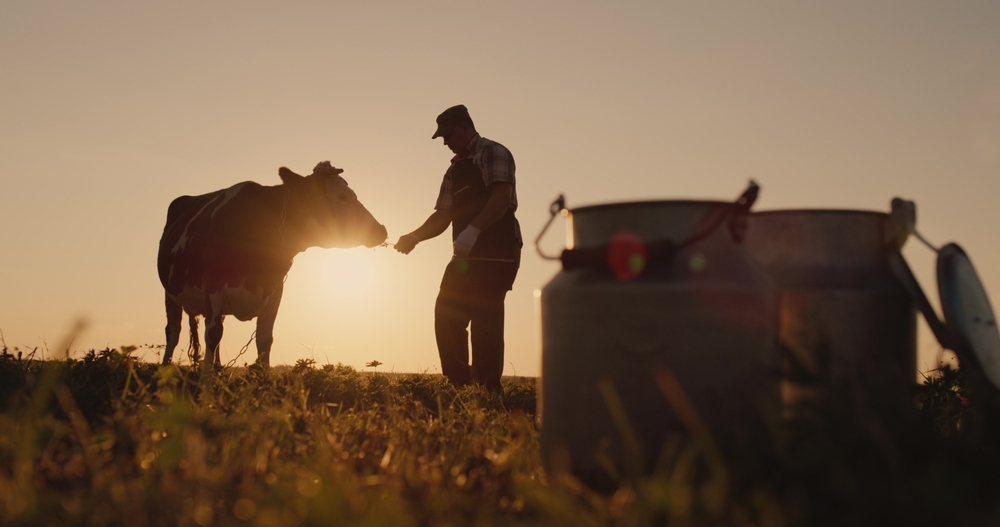If you are dealing with large amounts of money, taxation will always be on your radar. In Perth, the subdivision of the family home is a large financial transaction, so the tax impact of subdividing the family home will always be front of mind for a successful business-focused family and their tax advisors.
Does income tax apply to the sale of the family home?
Income tax is unlikely to apply to any profit realised from the property if there was no intention to subdivide at the time of purchase. However, if you purchased the property with the intention to subdivide and sell at a profit, income tax may apply.
Does CGT Apply to the subdivision of the family home?
Capital Gains Tax (CGT), however, is a separate tax from income tax, and it depends on a few factors:
- If the property was initially purchased before 20 September 1985 (the introduction of CGT), then both newly subdivided properties will not be subject to CGT. That is, the two freshly subdivided blocks will have a tax purchase date before the introduction of CGT, even though legal title to the land was created recently. However, GST might still apply after the sale or transfer.
- CGT occurs on the sale or transfer of the property. Subdivision does not create a CGT event in itself. Additionally, if the property is jointly owned, both owners have a 50/50 interest in the newly created properties after subdivision.
For example, Bruce and Maria purchased their home together in 1991 without intending to develop the land. In 1999, they decided to subdivide the rear block while continuing to own both properties jointly. At this point, no CGT event has occurred. However, if Sam were to take sole ownership of the newly created block, and Sally would retain sole ownership of the house, this would trigger a CGT event, as they have each disposed of a 50% interest in both properties. The house would remain CGT-free as their primary residence, but the rear block would be subject to CGT. The exact implications would arise if they sold to a third party.
If Bruce and Maria were going through a divorce, there is the possibility of using the married capital gains tax exemptions for the sale to each person.
Understanding the CGT acquisition date is important for a transaction as it can affect the eligibility for the 50% CGT discount.
How is the cost base of a subdivided block determined?
Another common question is how to determine the cost base of the newly created block to calculate capital gain. The cost base is calculated from the original purchase price of the entire parcel of land. This original cost is then fairly apportioned across the two new properties, possibly based on either land area or market value. Acquisition and subdivision costs are then added to form the total cost base.
To illustrate, let’s revisit Bruce and Maria’s case. They originally paid $200,000 for the land and are now subdividing it, creating a 400 sqm rear block while leaving the original house on 600 sqm at the front. If we apportion the cost by area, the rear block will represent 40% of the total land, so 40% of the original purchase price, or $80,000, would be attributed to the rear block. Alternatively, using the market value method, if the rear block is valued at $300,000 and the front block at $700,000, it represents 30% of the total value, so 30% of the original purchase price would be allocated to it, equating to $60,000.
This example highlights a common misconception—many people believe the cost base is the value of the newly created block at the time of subdivision, which is not the case.
CGT and the main residence exemption
If you sell the family home, you usually enjoy the sale of that home free of capital gains tax using the main residence exemption. However, your local Perth tax accountant will tell you this is only sometimes the case when you sub-divide the family home. Sometimes the main residence exemption that stops capital gains tax applying to the subdivision of the family home will not apply when the home is subdivided.
Let’s begin by looking at a worst-case scenario. Imagine you’ve lived in your family home on a large block since 1998. You see an opportunity to make a profit by subdividing the block, so you quickly proceed with the subdivision, build a new house on the newly created block, and sell it soon after.
In this case, CGT will apply because the newly subdivided portion is no longer part of your main residence. The main residence exemption will only apply to the sale of your home. It doesn’t apply to the sale of two homes.
Does GST apply if you subdivide the family home
In addition to CGT, GST might apply as you have built a new home in it that has never been used as a main residence.
Building a house is a significant business undertaking and continually costs the owners more than $75,000 (this is the GST threshold). Subdividing and building to make a profit is considered an enterprise, and any profit from the sale of a newly constructed residential property is a taxable supply. Paying both CGT and GST can significantly reduce your business profits.
However, there is an alternative. Instead of selling the newly built house, you could move into it and sell your original family home. This strategy offers a good tax option. Your original home qualifies as your main residence, so it is exempt from CGT, and you won’t pay tax on the profits. Additionally, since the sale of your private residence isn’t considered part of an enterprise, GST won’t apply.
But what about the tax implications for the new house you’ve moved into? There won’t be any immediate tax consequences for now as you have not sold it. However, if you decide to sell the new home down the track, the period you lived in it as your main residence will be CGT-free. On the other hand, the portion of time it wasn’t your main residence—this includes when it was vacant land from the purchase of the original block—will be subject to CGT.
To put this into perspective, let’s assume you subdivided, built, and moved into the new residence in 2008, ten years after purchasing the original home and land. You lived in the new home for five years and sold in 2013. When you sell, approximately one-third of the time (the five years you lived there) will be exempt from CGT, while the remaining two-thirds (the ten years before moving in) will be subject to CGT. However, even though the home is considered new premises, GST should not be applicable because the property was used as a home, so the sale of the house is now considered the sale of used residential premises – and GST-free.
There is always the option of considering the GST margin scheme on the ultimate sale to reduce the GST payable.
Downsizer superannuation contributions
The Downsizer Super Contribution Scheme allows older Australians to increase their superannuation funds by contributing to their superannuation parat of the proceeds of their family home. The contribution sits outside of the tax restrictions on concessional and non-concessional contributions.
Parliament’s intent is to free up larger homes for younger families and improve retirement security for older generations. As Perth tax accountants, our primary focus is the ability to generate additional investment income for the family, either tax-free or with low tax rates.
Who is eligible?
To take advantage of the downsizer contribution, you must meet several eligibility criteria:
Age Requirement: You must be 55 years or older when contributing.
Residential Property: The property sold must have been owned by you or your spouse for at least 10 years and must be in Australia.
Main Residence: Under the main residence rules, the home must qualify for a partial or full capital gains tax (CGT) exemption, meaning it was your primary home.
The sale of the vacant back block is not the sale of your family home which is a key criteria of the downsizer contribution criteria. So, the subdivision of the property prevents you from enjoying the downsizer superannuation contribution scheme.
Conclusion
Engaging with a smart tax advisor is important when creating a subdivision and family home sales strategy. A great Perth tax accountant can help you with:
- Maximising the main residence CGT exemption on the ultimate sale.
- Considering options to maximise the downsizer super contribution and avoid excess non-concessional contributions tax.
- Identifying other tax-effective strategies to maximise the after-tax income stream of a family in business.
This is where choosing Westcourt is a natural choice. We are focussed only on integrated tax advice for business families, award-winning for our leading-edge technology and technical knowledge, and have a deep global network of over 29,000 people—so why not give us a call?






